Abstract:
Usually, mapping studies in potato are performed with segregating populations from crosses between highly heterozygous diploid or tetraploid parents. These studies are hampered by a high level of genetic background noise due to the numerous segre- gating alleles, with a maximum of eight per locus. In the present study, we aimed to increase the mapping efficiency by using progenies from diploid inbred populations in which at most two alleles segregate. Selfed progenies were generated from a cross between S. tuberosum (D2; a highly heterozygous diploid) and S. chacoense (DS; a homozygous diploid clone) containing the self-incompatibility overcoming S locus inhibitor (Sli-gene). The Sli-gene enables self- pollination and the generation of selfed progenies. One F2 population was used to map several quality traits, such as tuber shape, flesh and skin color. Quantitative trait loci were identified for almost all traits under investigation. The identified loci partially coincided with known mapped loci and partially identified new loci. Nine F3 populations were used to validate the QTLs and monitor the overall increase in the homozy- gosity level.
Authors:
D. Meijer, H. J. van Eck, R. C. B. Hutten, R. Rothengatter, R. G. F. Visser, A. W. van Heusden (&) Plant Breeding, Wageningen University and Research, P.O. Box 386, Droevendaalsesteeg 1, 6708 PB Wageningen, The Netherlands e-mail: sjaak.vanheusden@wur.nl M. Viquez-Zamora, Y. Su, W. H. Lindhout Solynta, Dreijenlaan 2, 6703 HA Wageningen, The Netherlands
Read the article here:
https://link.springer.com/epdf/10.1007/s10681-018-2191-6

